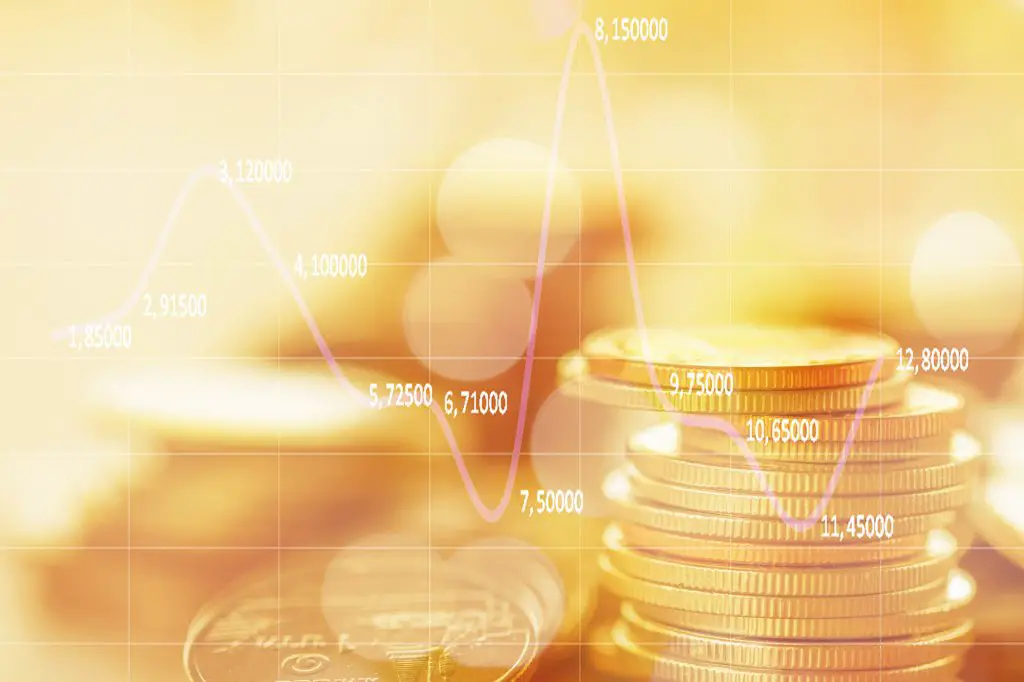U.S. dollar is muscling it up against gold, but the precious metal just wont let up, not with the threat of a second Covid-19 outbreak as new cases emerge.
In Africa, the big gold miners, Tanzania is one of the countries that made some good money out of the increased demand for gold during the height of the Covid-19 global pandemic. However, over the past month, World market prices for gold declined slightly due to decrease in global demand as economies begin to stabilize
Actually, the prices for several selected commodities were lower in the year ended March than in the preceding month with the exception of Arabica coffee,” reports the Bank of Tanzania (BoT) monthly economic review.
As economies start opening up, Tanzania gold export is expected to remain strong however gold futures reported a second loss in a row at the end of June. This slight dip by gold is related to strengthening of the U.S. dollar but it is not expected to stay down as new cases of coronavirus emerge.
Nonetheless, the value of the dollar may very well be pushed down by a rise in new cases of COVID-19 in the U.S. Reports maintain that there may be another round of business shutdowns to avoid the spread and because of that, gold prices are expected to stay strong.
The U.S. dollar was up 0.3%, while the Dow Jones Industrial Average and the S&P 500 index edged higher after the worst selloff since June 11, partly sparked by an acceleration in the rate of daily new cases of coronavirus – Reports US media.
As businesses attempt to resume some form of stability, the sharp rise in Covid-19 cases in several U.S. states created uncertainty about restarting businesses and the shape of the economic recovery.
The forecast for gold futures remains good owing to several factors and on top of that list are the new cases of Covid-19 iin the US and in other countries as well.
It is cited that the opportunity cost of gold is positive and there is unprecedented monetary stimulus globally coupled with the U.S. election-year concerns, these are all factors that will keep the price of gold going upwards.
Chief Market Analyst at AvaTrade, Naeem Aslam, said that there are five key factors that are likely to push gold prices higher in the coming days. These include worries about an emerging second wave of the disease, trade tensions between China and the U.S., possible on European imports to the U.S., rising U.S. unemployment, and weak coming corporate earnings.
It is no surprise that investors are looking to store value in gold rather than the dollar. The Global Financial Crisis in 2008/09 had a lot to do with this, it led to the realisation of gold’s role to reduce risk.
The supply and demand chains of the global market in physical gold have been and still are severely disrupted by the coronavirus, says Nassim Nicholas Taleb, author of Black Swan: The Impact of the Highly Improbable.
Further still, the economist says the strict lockdown in China following the outbreak of the coronavirus severely affected demand for gold in mainland China. Due to the lockdown, demand for gold in China went down by 65percent in the first quarter of this year that is compared to the same period last year.
Another large gold buyer is India, however, owing to the Covid-19 crisis, even in India there was a heavy fall in demand for gold which plummeted by 40 percent.
Although China’s demand probably picked up in the June quarter, it is likely to be offset by the lock downs in other countries.
“Speculative demand for gold in bars and coins is highly dependent on investors’ perceived risk of risk markets such as equities which are event-driven,” says the economist.
It can be expected that with the huge amount of uncertainty facing the world as a result of the coronavirus, the concerns over what will happen next is expected to drive speculative demand for gold.
An interesting fact that has been brought to light by the economist is the fact that there is an apparent absence or absolute lack of recycled gold returning to the markets. This is to say, people are not selling their gold.
“In normal times the higher gold price in the first quarter would have resulted in about four hundred tons recycled gold returning to the market, but only 280 tons found its way back into the market,” he notes.
On the one hand, it could be that the reduced resell of gold is due to reduced movement owing to closed borders and curfews inside the country that limits movement, but on the other hand, it could be a case of hoarding with people speculating even high increase in value of gold.
If that is the case, it makes sense that people are holding back on the gold they have waiting to resell when prices hit the ceiling.
Meanwhile, in gold producing countries like Tanzania and Zimbabwe, production is picking up. Zimbabwe reports increased revenues in the excess of 40 percent in the last quarter alone.











